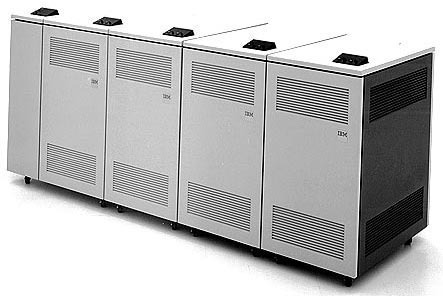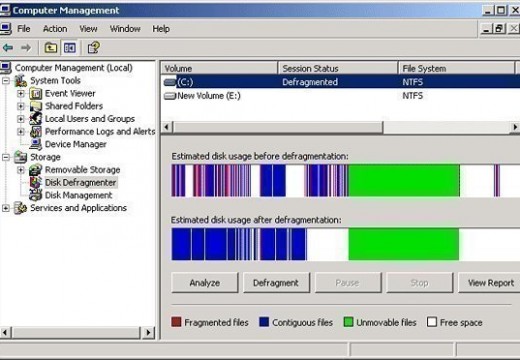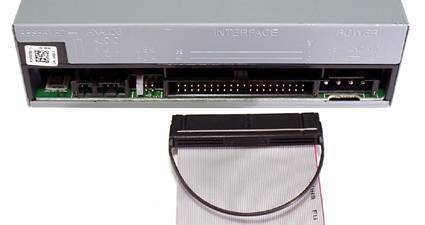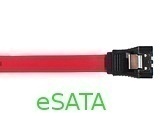A DASD, or Direct Access Storage Disk, is a type of storage device that is connected directly to a user’s computer rather than being connected to the network. Because many types of storage device connect directly to a user’s computer, the term “DASD” may apply to a variety of different devices; however, a DASD is typically a storage device that contains a significant amount of memory and a relatively low access time. For example, desktop servers and external hard drives are good examples of DASDs, although flash drives and SD cards can be considered DASDs as well.
How DASD Works
A DASD can be any typical storage device and may depend on magnetic disks, drums, or data cells in order to store information. Any DASD, however, must connect directly to a user’s computer via a USB port, ATA connection, or SCSI connection. Therefore, any storage device that connects to the user’s router or modem, even if accessible from the user’s computer, is not considered a DASD, but rather an SAN (Storage Area Network) or NAS (Network Attached Storage).
Applications
DASDs are useful for providing large amounts of storage to a particular computer in a short amount of time. While hard drive disks are installed inside the user’s computer and are not readily detachable, DASDs can usually be connected or disconnected at any time in order to provide instant storage for any computer the user is accessing. Because of this, DASDs are often synonymous with “portable storage devices”.
Advantages
DASDs are advantageous because they can provide a user with large amounts of portable storage that can be accessed from any computer. DASDs are also advantageous because they are often relatively small and provide the user with quick access to his/her data.





Follow Us!